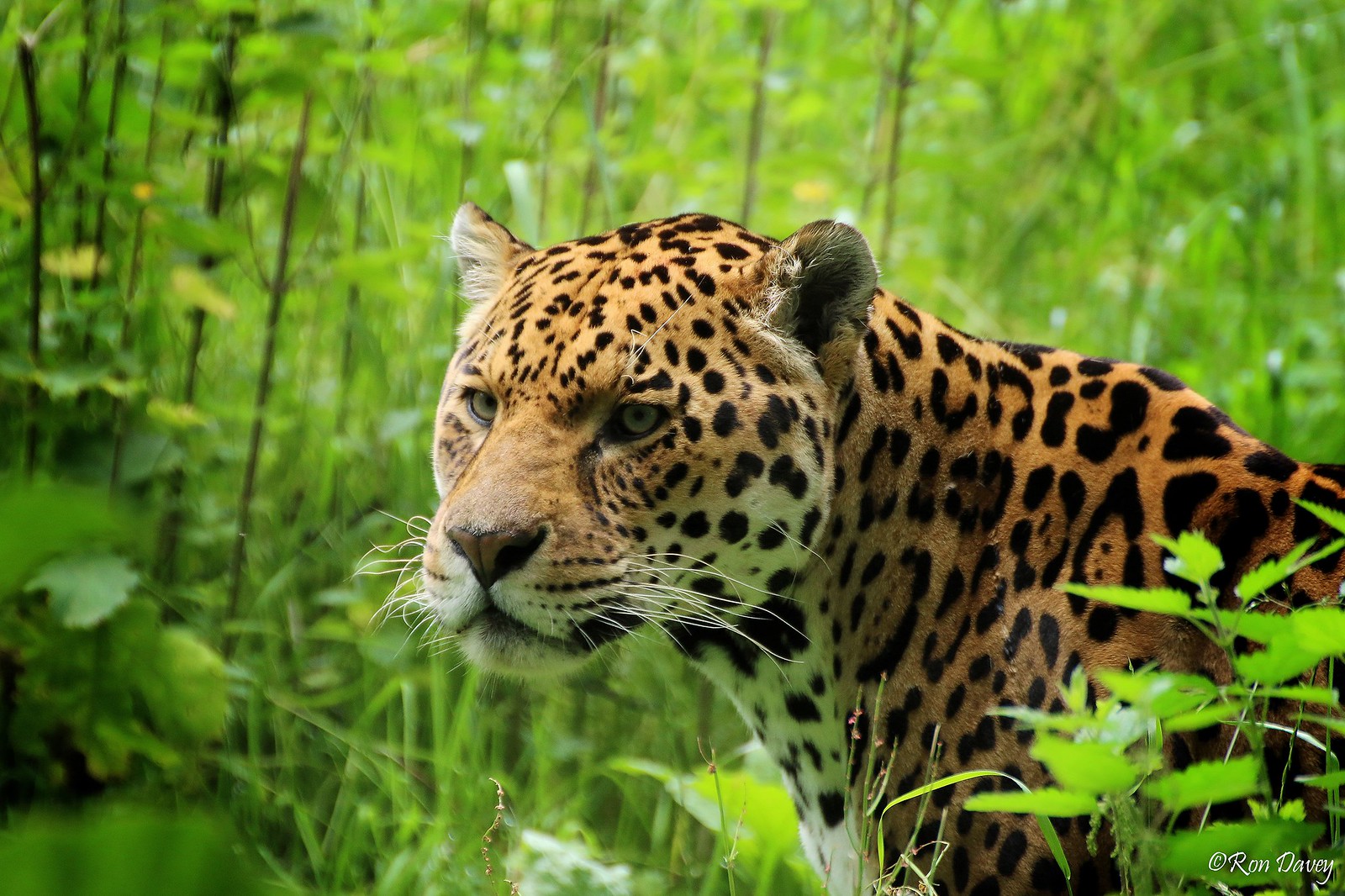The jaguar (Panthera onca), with its powerful build and enigmatic presence, reigns supreme as the apex predator of the Americas. Revered by ancient civilizations and feared by its prey, this magnificent big cat embodies strength, stealth, and an unmatched predatory prowess.

A Magnificent Predator
Jaguars are the largest cats in the Americas and the third largest in the world, after tigers and lions. Adult males can weigh between 100 to 250 pounds, while females are slightly smaller. Their muscular build and stocky limbs enable them to exert tremendous power, making them formidable hunters. The jaguar’s coat, adorned with rosettes and spots, provides excellent camouflage in their diverse habitats, from dense rainforests to scrublands and swamps.

Unmatched Hunting Skills
Unlike other big cats, jaguars possess an extraordinary bite force, the strongest of all felines relative to their size. This allows them to pierce the skulls of their prey with ease, delivering a swift and deadly bite to the brain. Jaguars are opportunistic hunters, preying on over 85 different species, including deer, peccaries, capybaras, and even caimans. Their versatility extends to their ability to swim and fish, showcasing their adaptability and dominance in various environments.

Stealth and Solitude
Jaguars are solitary and elusive creatures, primarily nocturnal hunters that patrol vast territories to find food and avoid competition. They mark their territories with scent markings and vocalizations to ward off intruders. Their solitary nature and stealthy behavior make sightings rare, adding to the mystique and allure of these enigmatic predators.

Cultural Significance
Throughout history, jaguars have held a prominent place in the mythology and culture of indigenous peoples in the Americas. The ancient Maya and Aztec civilizations revered the jaguar as a symbol of power, strength, and the underworld. These majestic cats were often depicted in art and were believed to possess spiritual significance, embodying the essence of the wild and the unknown.

Conservation Challenges
Despite their fearsome reputation, jaguars face numerous threats that jeopardize their survival. Habitat loss due to deforestation, human encroachment, and illegal poaching have significantly reduced their populations. As their habitats shrink and become fragmented, jaguars are forced into closer contact with humans, leading to increased conflicts and retaliatory killings.

Conservation efforts are crucial to protect these apex predators. Initiatives include habitat restoration, anti-poaching measures, and the establishment of wildlife corridors to ensure genetic diversity and connectivity between populations. Organizations and governments are working together to raise awareness and implement strategies to safeguard the jaguar’s future.
Conclusion
The jaguar, with its unparalleled strength and mystique, remains one of the most awe-inspiring creatures of the animal kingdom. As an apex predator, it plays a vital role in maintaining the balance of its ecosystem. Protecting the jaguar is not just about preserving a species, but also about preserving the intricate and delicate web of life that sustains our planet. The jaguar’s roar, echoing through the forests of the Americas, is a call to action to ensure that this magnificent predator continues to roam free and wild.






